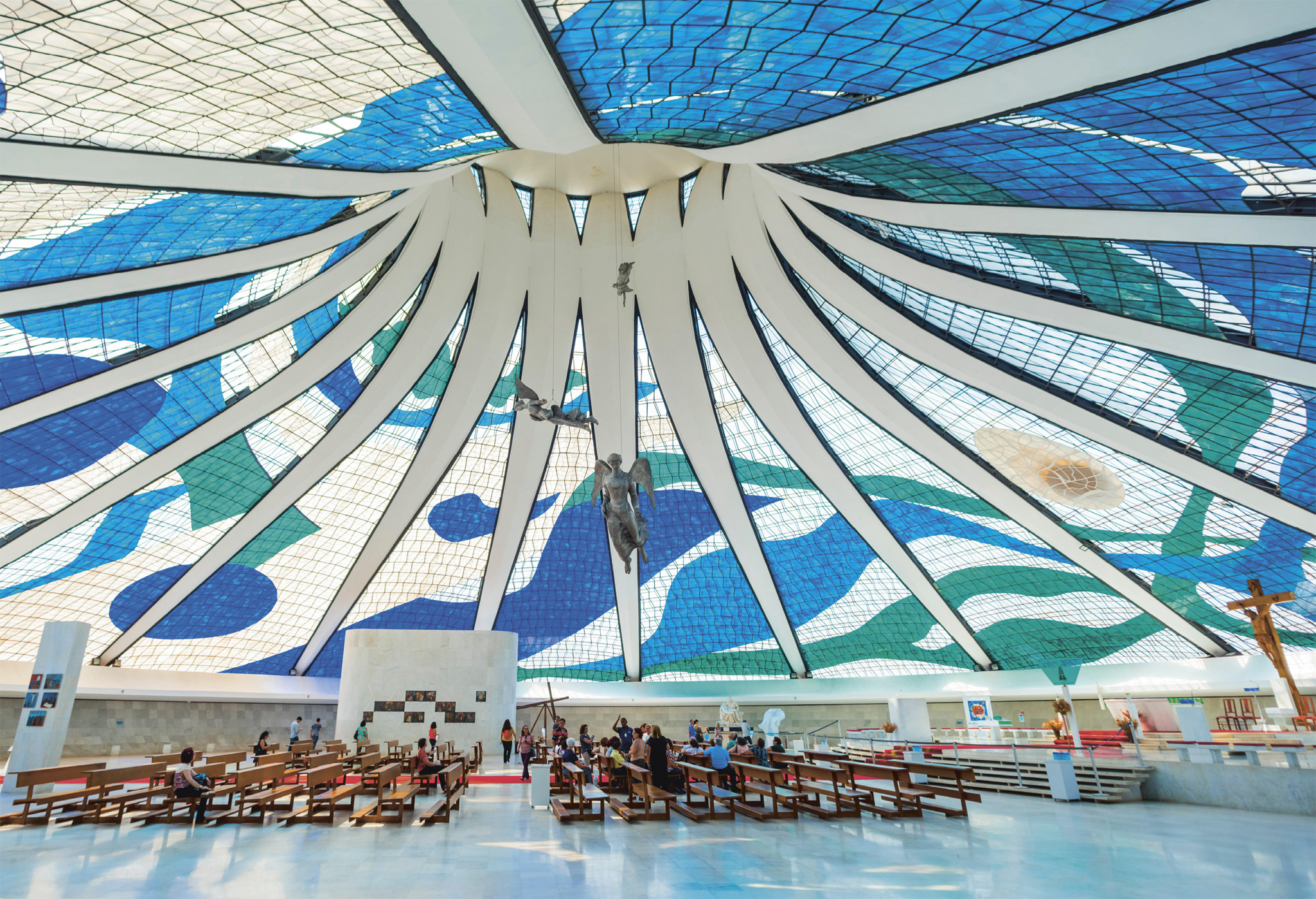
t Sun filtering through the huge glass ceiling panels
Dominating the open space of the Esplanada dos Ministérios, Brasília’s cathedral is one of the city's most famous buildings and its most visited site. With Oscar Niemeyer’s trademark curvaceous design, the ribbed exterior reaches skywards, while the glowing stained-glass windows and hovering angels inside create a suitably heavenly aura.

t Sun filtering through the huge glass ceiling panels
Experience Brasília, Goiás, and Tocantins
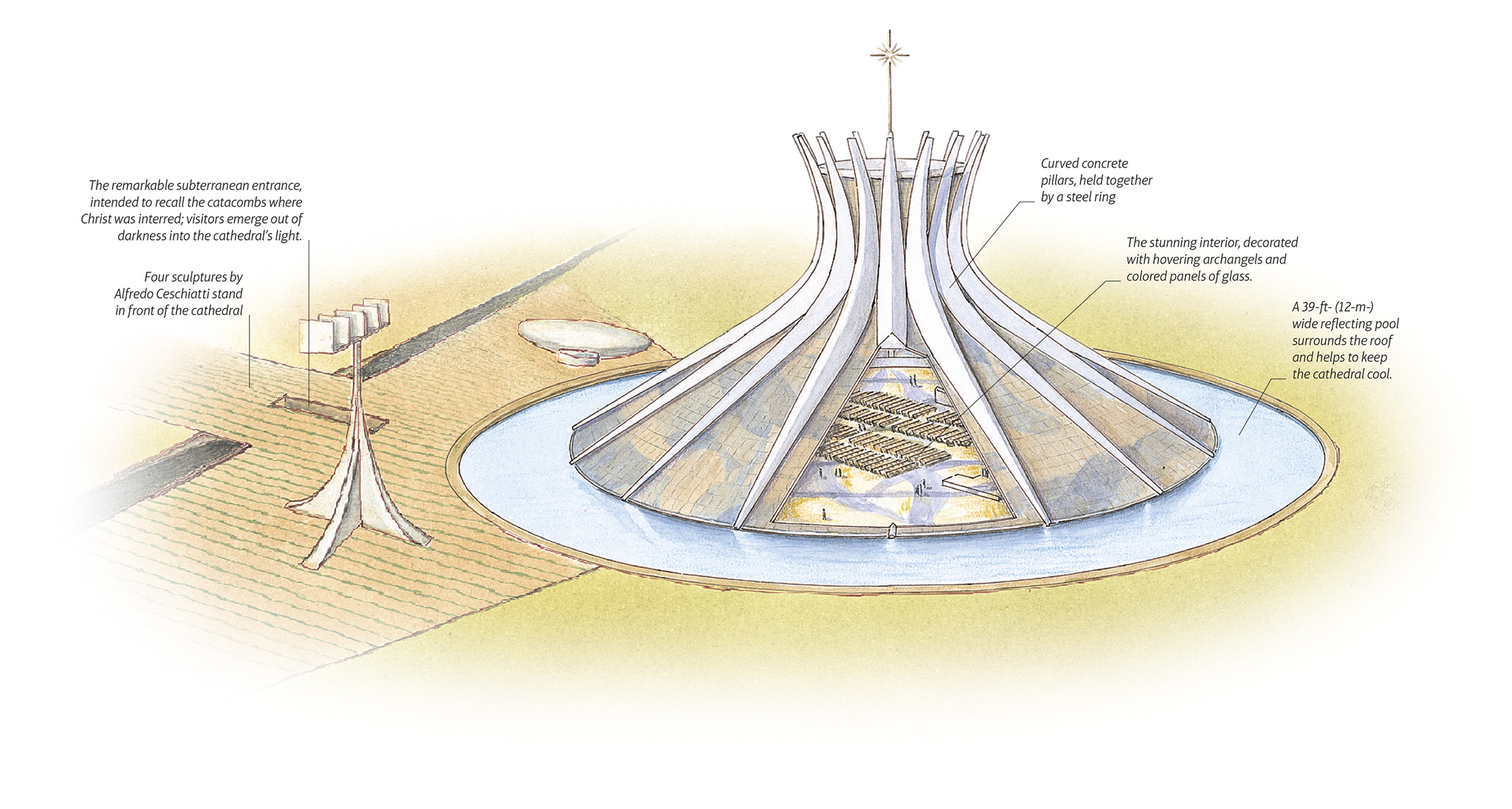
t The Catedral Metropolitana, one of Niemeyer's most iconic designs
Designed by Oscar Niemeyer to resemble a crown of thorns, this cathedral features 16 soaring curved pillars, spread like an open hand and held together at their apex by a steel high-tensile ring. Between them, a filigree of glass windows is united by a fluid series of colors, creating a breathtaking spectacle inside the church. The main altar and the altarpiece was given by Pope Paul VI in 1967, who also blessed the metal cross sitting atop the building. The statues of the four evangelists outside the cathedral are by the Mineiro sculptor Alfredo Ceschiatti, who also created the archangels suspended from the ceiling inside.
Despite designing many of Brazil’s most stunning churches, Niemeyer was a lifelong atheist.
Born in Rio de Janeiro in 1907, Niemeyer went on to become one of the most important names in modern architecture. His first job was with Le Corbusier and Lúcio Costa on Rio’s Ministry of Education in 1936. After this he designed many landmark buildings such as the Contemporary Museum of Art in Niterói. He continued working to the end of his life in 2012, with many planned projects still to be completed.
Experience Brasília, Goiás, and Tocantins
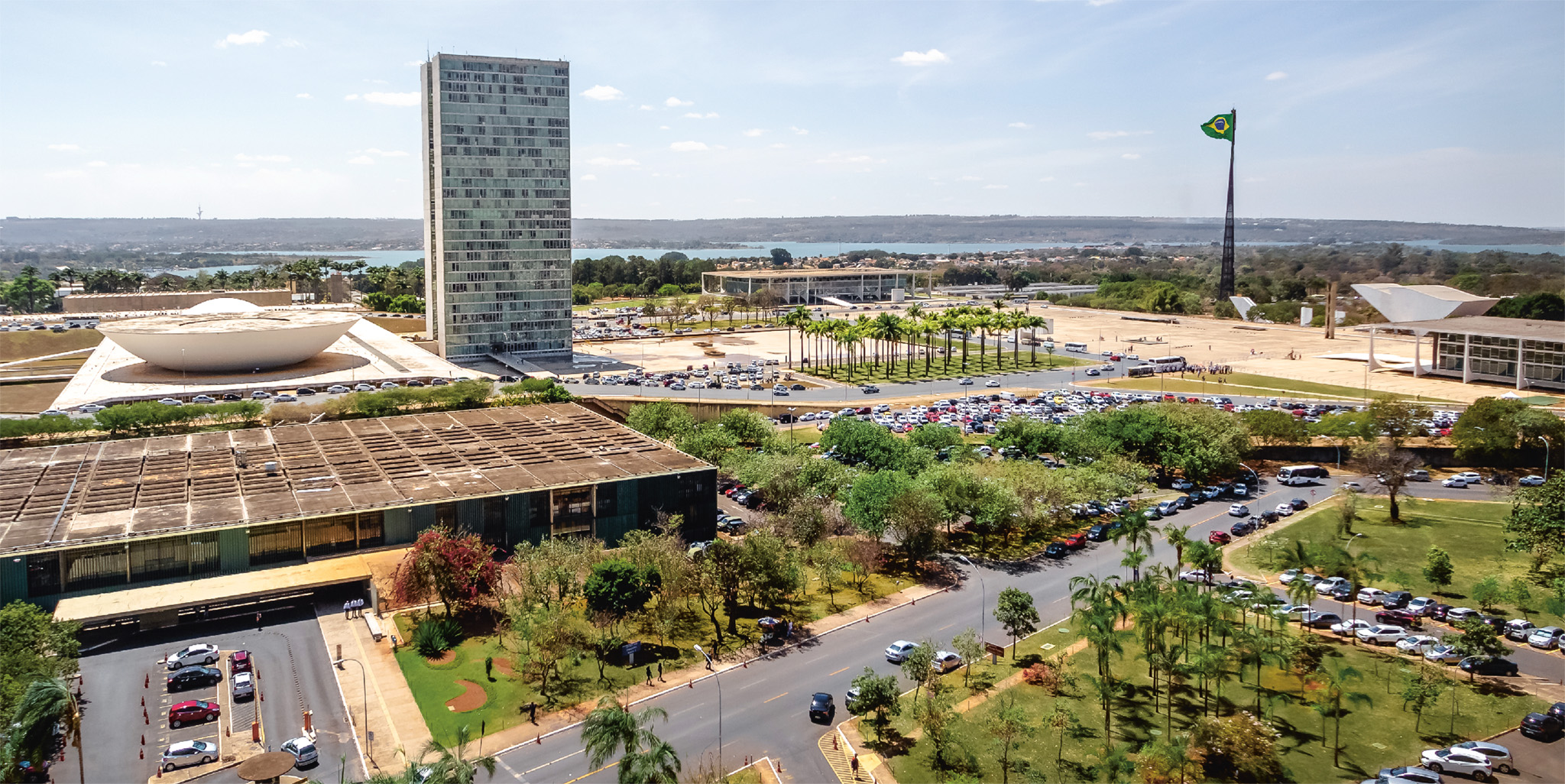
t The Towers of Congress and the Chamber of Deputies
Located at the heart of the country, Brazil’s capital city is today on UNESCO’s list of World Heritage Sites, and is famous for its innovative urban planning and daring architecture. This purpose-built city, situated atop the Brazilian highlands, features a deliberate design of urban zones entwined around green, open spaces.
CITY OF DREAMS
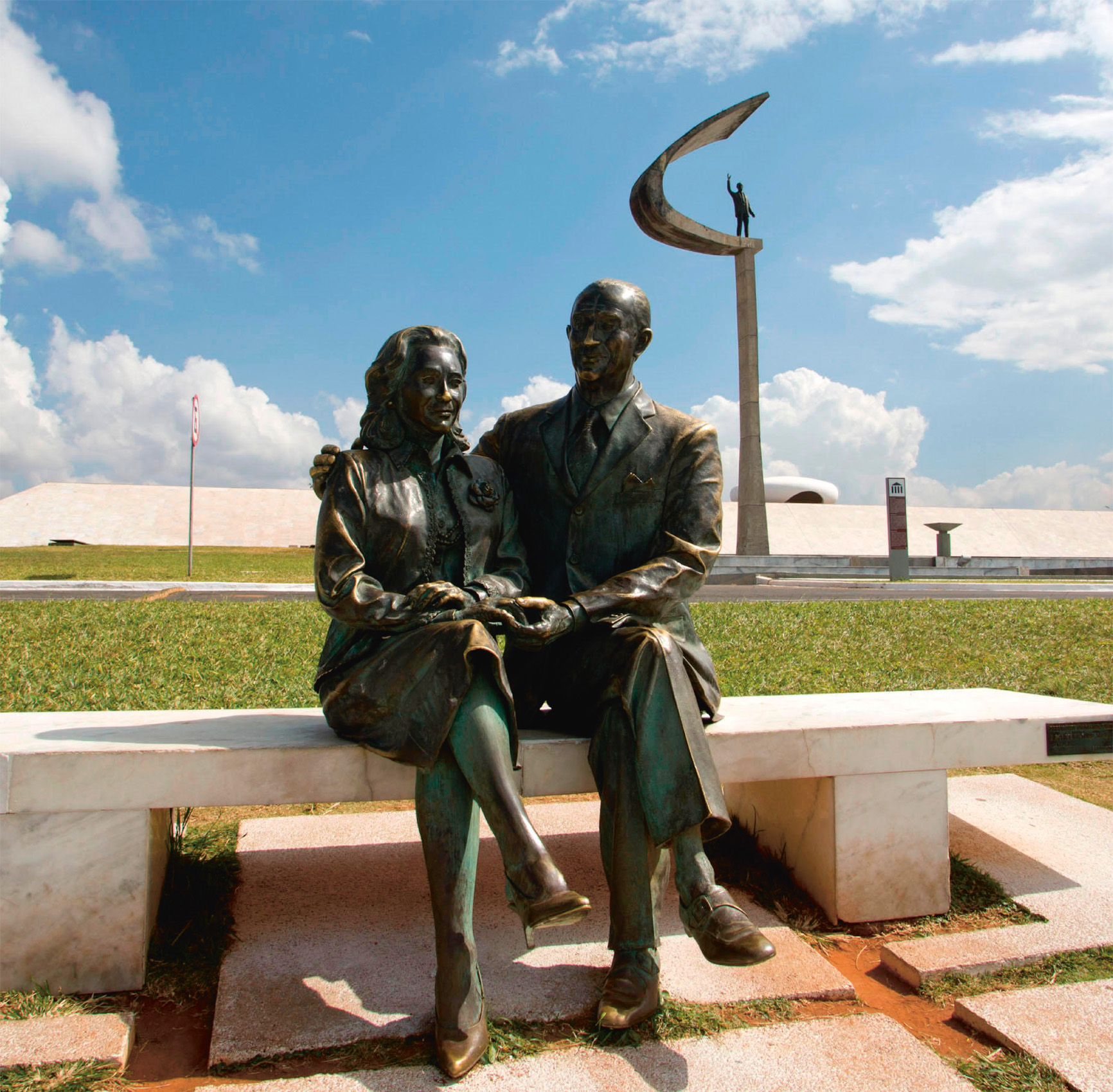
t A Statue Of Juscelino Kubitschek
In 1883, Italian priest Dom Bosco dreamt of a utopian city in central Brazil. His prophecy defined the exact location of the city, situated between the 15th and 20th latitude, the position of modern-day Brasília. Bosco’s vision is believed to be the inspiration for transferring Brazil’s capital from Rio de Janeiro to this new location. It took more than half a century for his prophecy to become a reality.
A GRAND DESIGN
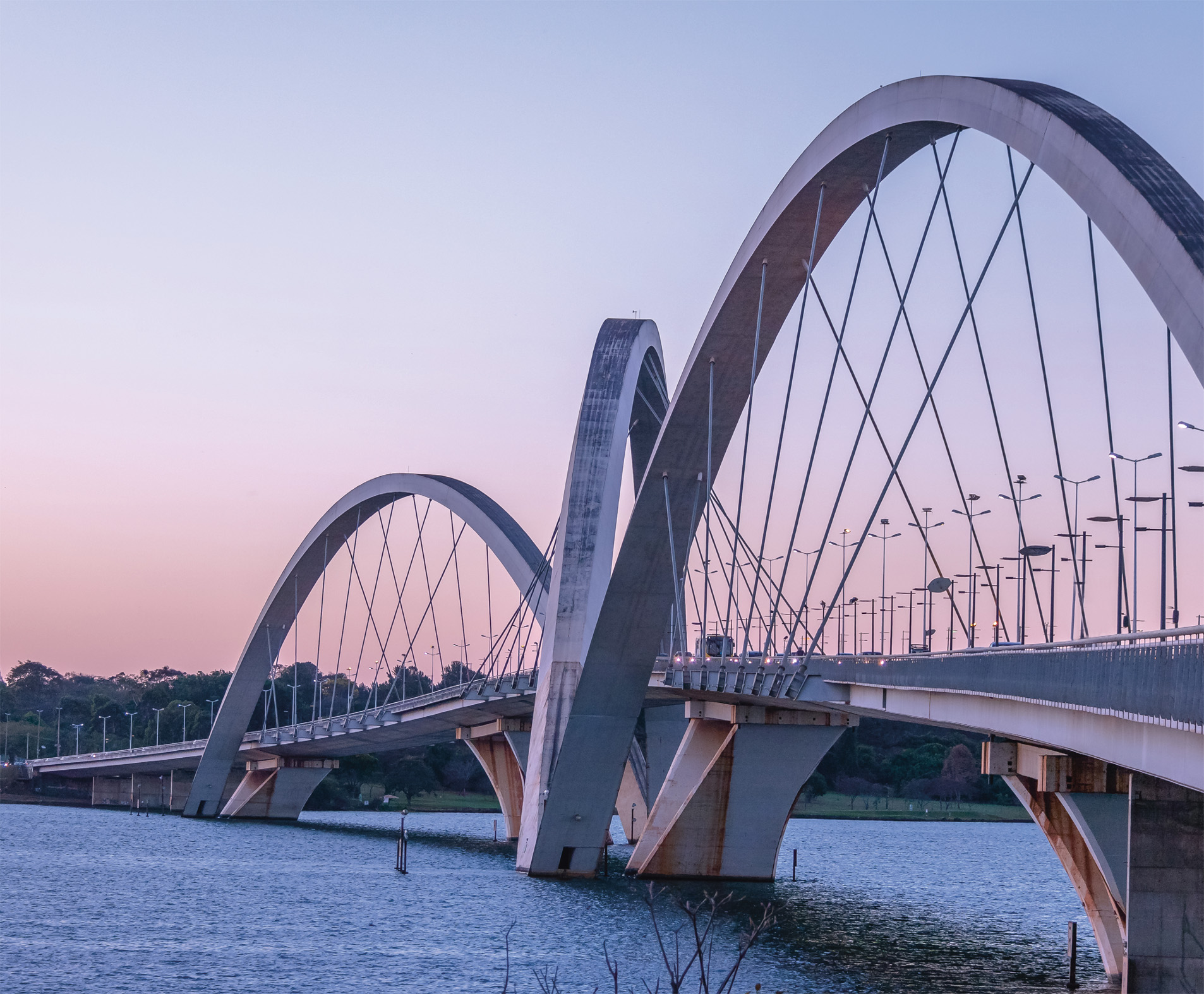
t The striking arches of the landmark Juscelino Kubitscheck bridge
Juscelino Kubitschek was the president of Brazil between 1956 and 1961 and was responsible for the creation of Brasília as the new, modern capital of the country. Acting on Bosco’s vision, Kubitschek and his team of designers, planners, and architects, led by Oscar Niemeyer, envisaged Brasília not only as a city, but also as a monument to the national motto: “Order and Progress.” The team turned to European Modernism, following the doctrine of Charles-Edouard Jeanneret (1887–1965), for their inspiration. Jeanneret’s concept stated that modern cities should be zoned functionally with separate areas for housing (in high-rise blocks), recreation, and administration, broken by green belts and roads. Inspired by this, Lúcio Costa and Roberto Burle Marx, Brasília’s urban planner and landscape designer, intended that every element, from the layout of the residential and administrative districts to the symmetry of the buildings, should be in harmony with the city’s overall design. Today, Costa and Burle Marx’s deliberate plan can be seen in Brasília’s distinctive shape, which has been variously interpreted as an airplane, a bird in flight, and a bow and arrow.
A NEW CAPITAL IS BORN
Construction of the new capital began in 1956. Candangos – northeastern workers – were brought to Brasília in vast numbers to build the city. By 1959, an estimated 30,000 candangos were here.
On April 21, 1960, Brasília was inaugurated by President Kubitschek. The main bodies of the federal government administration were transferred from Rio de Janeiro to Brasília, forming the new headquarters of the three branches of federal power: the judiciary, the legislative, and the executive.
Today, the former president is memorialized with the Juscelino Kubitscheck bridge, one of Brasília’s famous landmarks. Opened in 2002, the striking construction, designed by architect Alexandre Chan, links the eastern shore of Lake Paranoá to the center of the city.